Studying brain samples can advance understanding of mechanisms and impact clinical care
Postmortem brain studies of individuals who have had Alzheimer’s disease or other dementias offer a unique opportunity to elucidate how these neurodegenerative disorders impact the brain. Cleveland Clinic’s postmortem brain autopsy program is linking premortem clinical and biomarker characterization of individuals with and without dementia to their postmortem autopsy findings. This allows clinicians to improve diagnosis and ultimately personalize disease-modifying therapies.
Cleveland Clinic is a non-profit academic medical center. Advertising on our site helps support our mission. We do not endorse non-Cleveland Clinic products or services. Policy
“Clinically, no one data point or test does it all,” says James Leverenz, MD, a neurologist and researcher who directs Cleveland Clinic’s Lou Ruvo Center for Brain Health in Cleveland. “But linking together the clinical and pathological changes can be quite powerful.”
In the latest episode of Cleveland Clinic’s Neuro Pathways podcast, Dr. Leverenz shares how the findings of the postmortem brain autopsy program contribute to the understanding of Alzheimer’s disease mechanisms and influence clinical care. He discusses:
Click the podcast player above to listen to the 20-minute episode now, or read on for a short edited excerpt. Check out more Neuro Pathways episodes at clevelandclinic.org/neuropodcast or wherever you get your podcasts.
This activity has been approved for AMA PRA Category 1 Credit™. After listening to the podcast, you can claim your credit here.
Podcast host Glen Stevens, DO, PhD: Autopsy has been going on for well over 100 years for various disorders, including Alzheimer’s. What are the new technologies or techniques that have become available to enhance the clinical applications?
Dr. Leverenz: Primarily the things that we’ve been able to develop over the last 20 or 30 years — and this has been a progression over time — involve antibodies that we can use when we’re doing analysis of the tissue to see if we are seeing changes that we link to specific disease processes. I think most people have heard about amyloid in Alzheimer’s disease. We have antibodies that can detect that specific amyloid, and we can see how dense the deposition is in the brain. In Alzheimer’s we also see tangles that are made up of the protein tau, and we have antibodies that can pick that up as well. As a result, we can very specifically make a pathologic diagnosis of Alzheimer’s.
Similarly, we have antibodies for the Lewy bodies that we see in Lewy body dementia and in Parkinson’s disease, as well as antibodies for changes that we can see in certain kinds of frontotemporal dementia. So, we now have these newer tools that allow us to be more precise in our diagnosis. And, as I mentioned earlier, with these new tools we are realizing that many people have multiple changes going on simultaneously. For example, it’s a very common thing to see both Alzheimer’s and Lewy body changes at the same time in someone who had a clinical dementia.
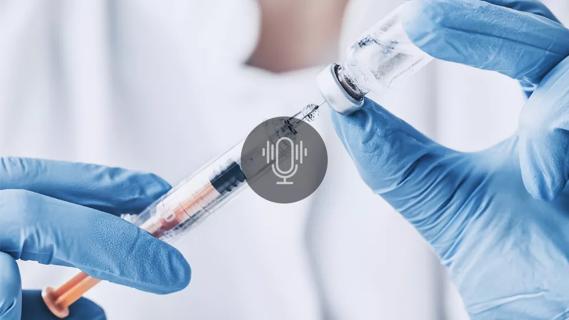
Determining the right dose and injecting in the right muscle can be challenging
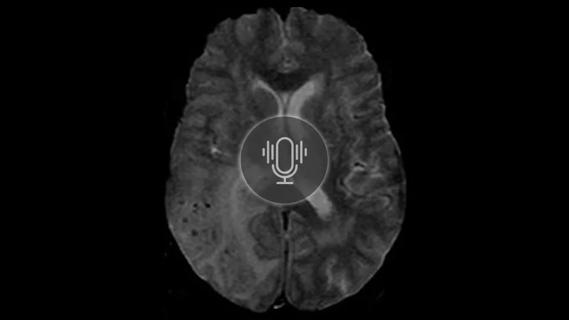
New research sheds light on a potentially devastating condition that is reversible when properly managed
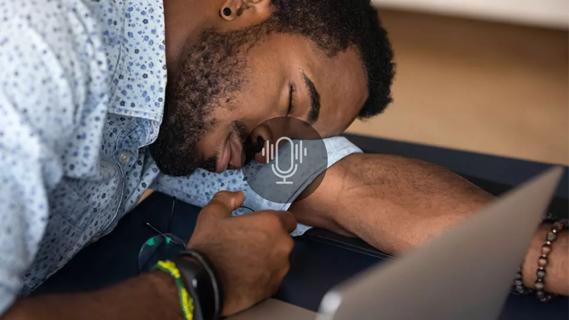
Testing options and therapies are expanding for this poorly understood sleep disorder
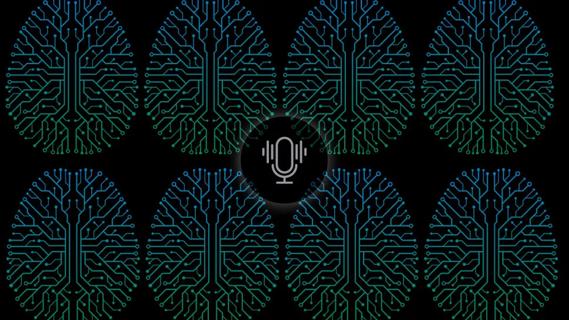
Neurology is especially well positioned for opportunities to enhance clinical care and medical training
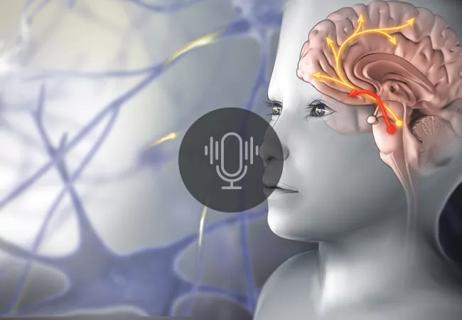
How functional restoration can help children with these conditions marked by unexplained pain with stigmatized symptoms
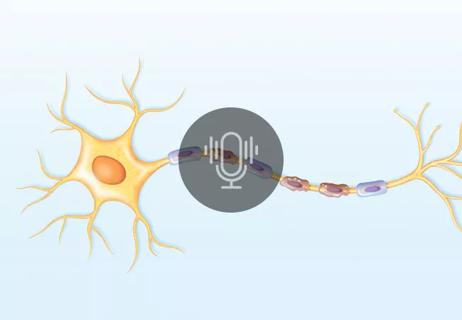
Despite advancements, care for this rare autoimmune disease is too complex to go it alone
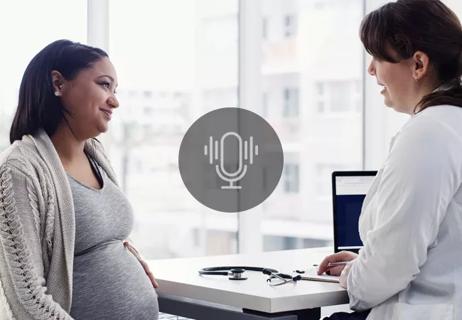
A discussion of special care considerations before, during and after pregnancy
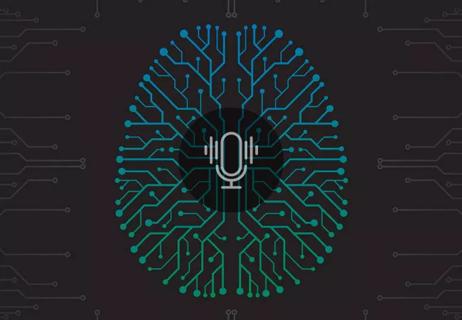
Data-driven methods may improve seizure localization and refine surgical decision-making